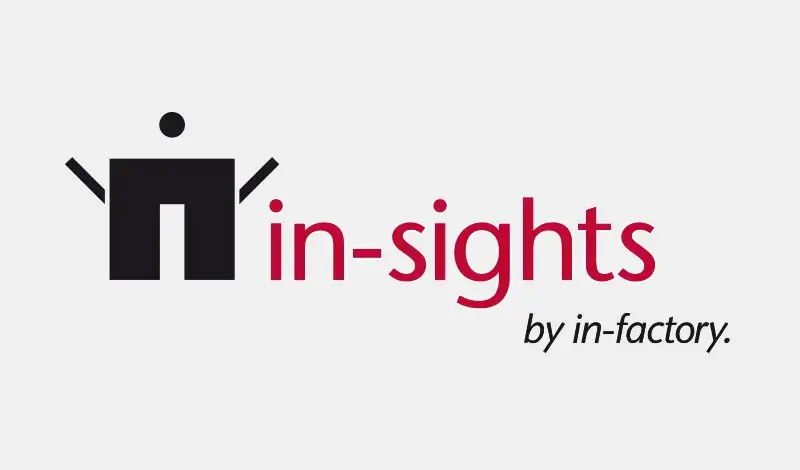SCRUM is a process and collaboration model that supports agile software development. This approach has become standard in our projects. We successfully support this by providing and maintaining appropriately trained skills.
In times of a pandemic, a highly collaborative approach such as SCRUM faces a number of challenges. These are:
- No on-site availability of resources
- No informal communication
- Limited effectiveness of larger committees
- Limited team efficiency in the case of complex problems
How can we react here?
An example - resolution of the planning process.
The classic SCRUM process provides for the following key components of the planning process:
- Backlog refinement
- Planning
This is where we come in and break up the planning process, which traditionally culminates in a central planning session.
Classic planning process:

In classic SCRUM, a planning session, which is intensive in terms of time and personnel, bears the burden of discussion. This makes sense if, due to personal attendance, a goal-oriented discussion including the introduction to complex topics, even in a larger group, is possible. This is difficult at the moment.
Customized process:

Cyclical refinement process
The refinement process of the user stories is intensified in order to relieve the planning. This is done by having mature user stories presented by team members involved in the refinement process and estimated in advance by the SCRUM team (estimation). Any problems/uncertainties that arise there lead to a new refinement. Stories that can be estimated finally make it to the planning stage.
Planning
In planning, only a brief presentation of the user stories by the respective requirement engineers takes place in order to expose any incorrect assumptions in the estimation process. The planning is significantly relieved (and thus shortened), necessary discussion is shifted to the more efficient preceding process under current circumstances. Nevertheless, planning remains a ceremony in the best SCRUM sense, the group of participants does not change, motivational aspects such as goal setting and confidence vote are retained.
